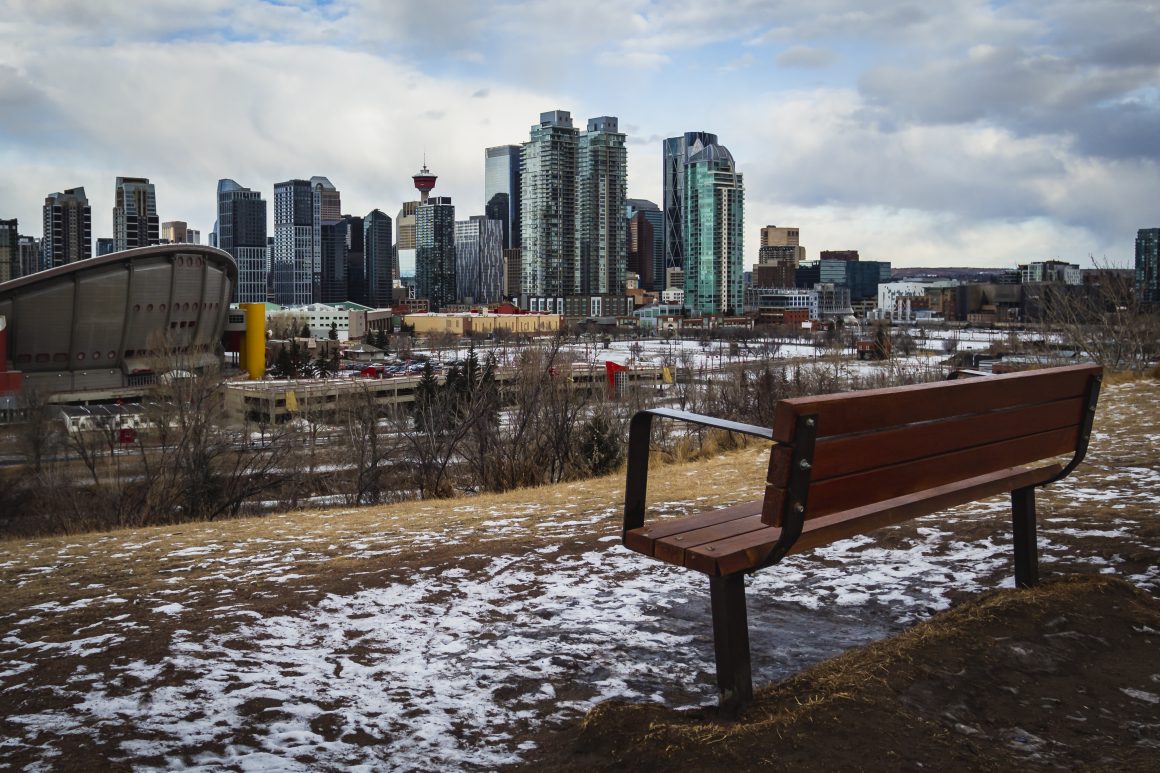
Calgary’s housing crisis: The woes of a sprawling city
By Alek Anaya, November 17 2024—
On paper, Calgary wasn’t supposed to face a housing crisis. In a place like Hong Kong, it’s easy to understand how fitting a million people onto an 81-square-kilometre island can lead to such a crisis. But how did Calgary, with a similar population spread over an area ten times larger, face a crisis? The answer is complex, with multiple factors. However, at its core, the issue is a lack of supply due to urban sprawl.
Let’s start with Calgary’s current situation. Housing prices have surged in recent years, and over 74 per cent of residents now find home ownership out of reach. Those who can’t buy turn to the rental market, only to find it equally tough. Calgary has the lowest vacancy rate in Canada, tied at 1.4 per cent, and experienced the highest rent increases last year at 14.3 per cent.
This issue was highlighted by a 13-bedroom house listing in Whitehorn, illustrating a supply shortage forcing people into extreme living conditions and a demand surplus. This has sparked debates about how to increase the housing supply while maintaining living conditions and the ethics of profiting from a basic need like housing. Ultimately, income-generating housing, if correctly managed, can boost supply. As in any market, increased supply should eventually lower costs. The challenge is that Calgary has historically expanded housing by building low-density developments on the outskirts. Let’s explore why this approach is problematic.
Urban sprawl is the rapid city expansion characterized by low-density housing, single-use zoning and car dependency. Cities tend to sprawl when there is ample space, and most development occurs after the widespread use of cars. Calgary is an example of both. Since 1947, Calgary’s land area has grown eightfold to 825 square kilometres, larger than Montreal’s area, even though Montreal has a much larger population. This sprawl is visible, with most of Calgary comprising single-family homes spread over vast areas with isolated retail zones.
Urban sprawl creates increased traffic, pollution and a lack of community vibrancy. Most critically, it consumes land and contributes to housing shortages by reducing overall housing density. For example, you could build three row houses in the space of one single-family home. Alternatively, without sacrificing space, you could construct multi-story buildings offering multiple apartments the same size as a single house. These don’t have to be skyscrapers; even a three-story building would suffice. Such developments would increase the housing supply, reducing prices.
Expanding the housing supply by continuing sprawl into surrounding areas may seem easier. However, this approach has a critical flaw: increased supply on the outskirts doesn’t meet the housing demands of city residents. Why? Because housing location isn’t as flexible as it seems, especially for maintaining quality of life. People prefer living near work, study, and essential services. Expecting students to endure hour-long commutes to university or requiring elderly residents to live far from healthcare providers is unrealistic. Thus, extra housing on the city’s outskirts does little to meet actual demand. This is why building denser housing where demand exists is essential.
In conclusion, Calgary must stop urban sprawl and focus on developing denser housing to improve residents’ living conditions. Several challenges remain, including outdated policies, funding shortages and strict land use regulations. However, Calgary is moving in the right direction. It leads Canadian cities to convert downtown office spaces into housing, promoting density. Moreover, new developments like the University District are creating mixed-use communities with increased housing density.
This article is a part of our Opinions section and does not necessarily reflect the views of the Gauntlet editorial board.
